A week after the release of iOS 16.4, tests show that the new version significantly reduces the battery lives of a wide variety of iPhone models.
This has happened in the past for iOS releases and later updates have fixed the battery drain.
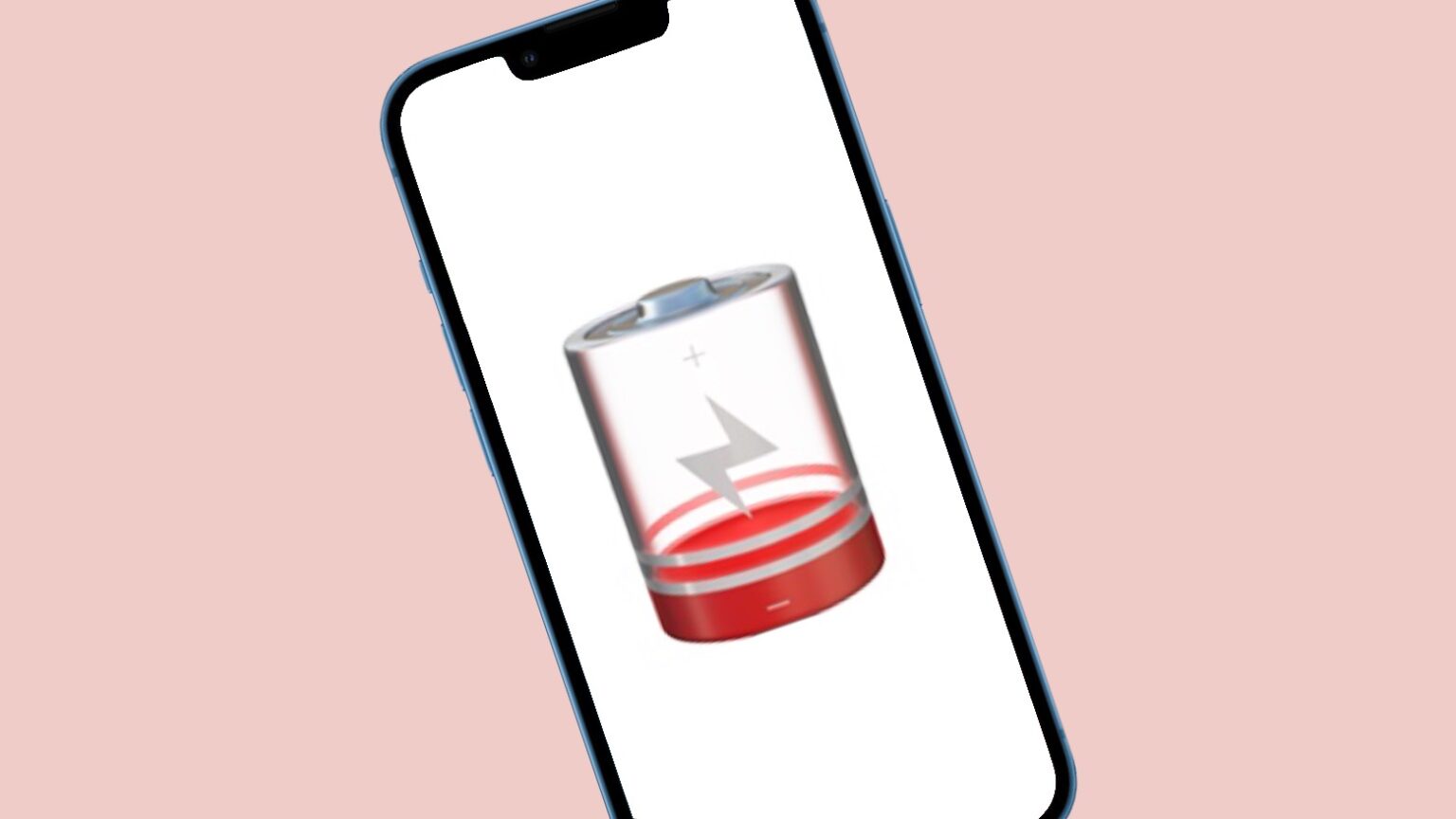
A week after the release of iOS 16.4, tests show that the new version significantly reduces the battery lives of a wide variety of iPhone models.
This has happened in the past for iOS releases and later updates have fixed the battery drain.
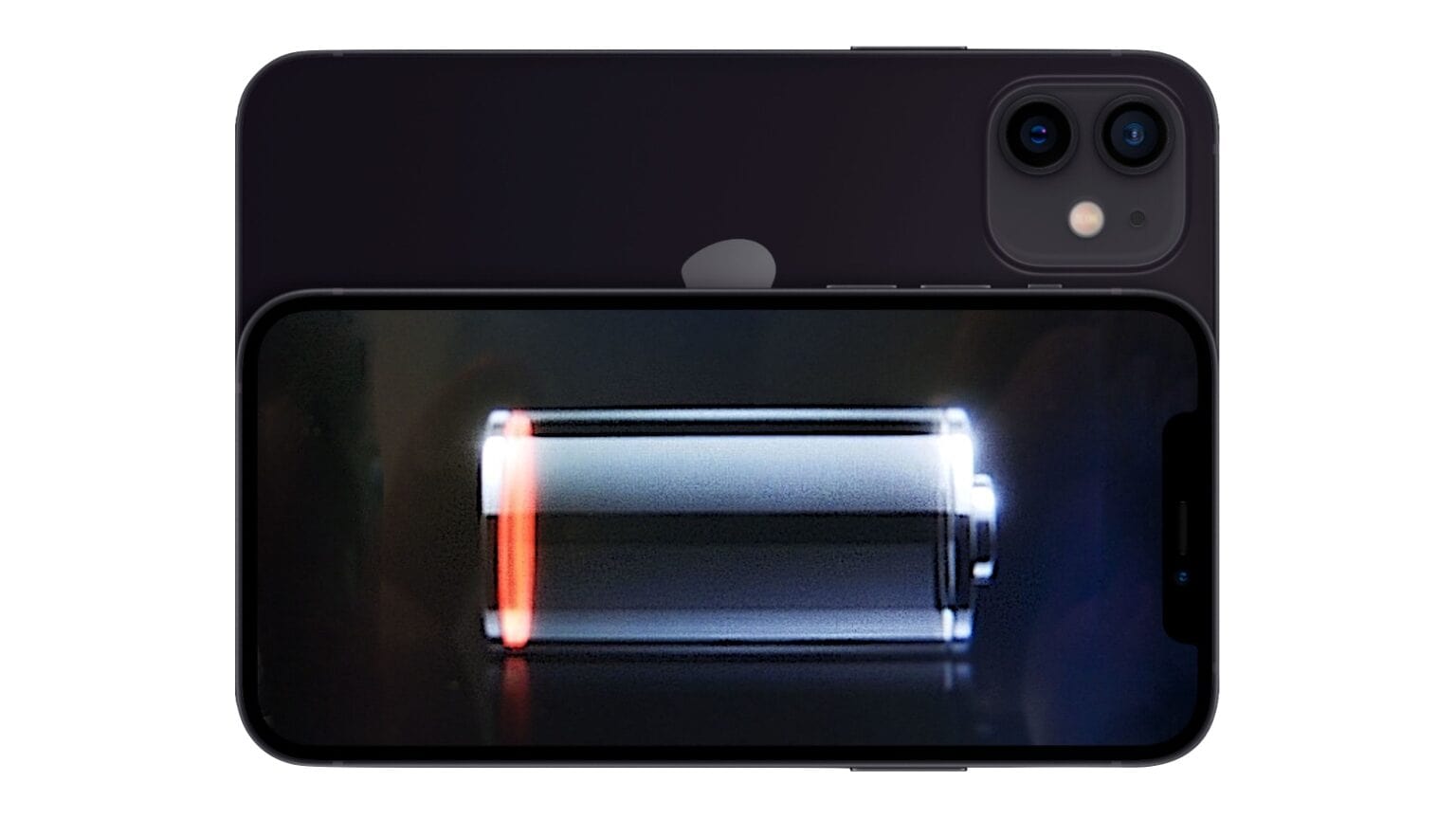
Some iPhone 12 users are reporting problems with either battery life or dropped calls. The difficulties aren’t happening to every user, but they seem to be fairly widespread.
There have been complaints about all four variations of the iPhone 12, not a specific model.
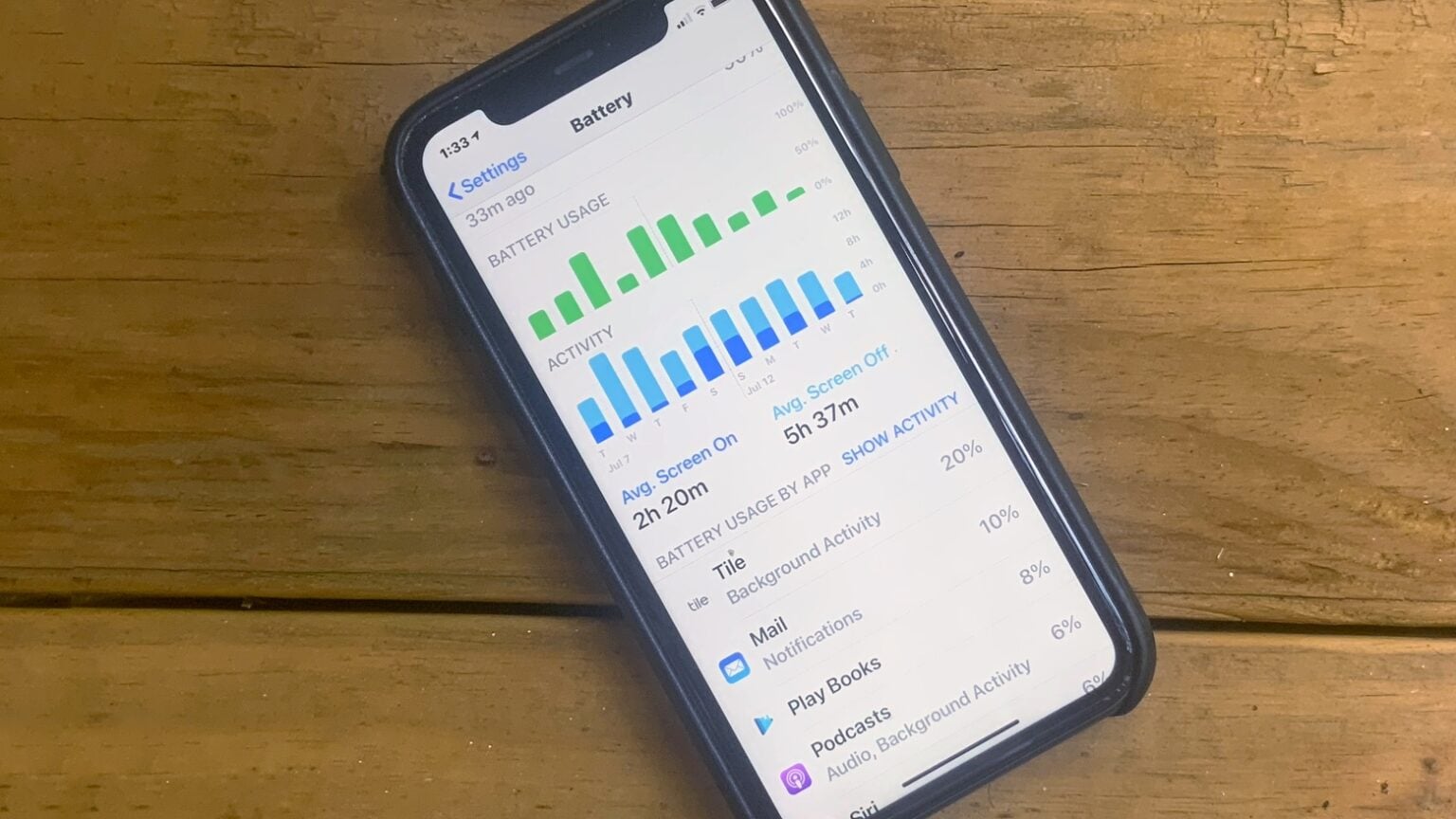
Tests done on a range of iPhone models running the just-released iOS 13.6 reveal that it slightly reduces the battery life of all these handsets when compared to the previous version. And, generally speaking, that has held true for the last six iOS 13 updates.
But there’s good news. Tests with an early iOS 14 beta showed this upcoming version brings a significant increase to battery life.
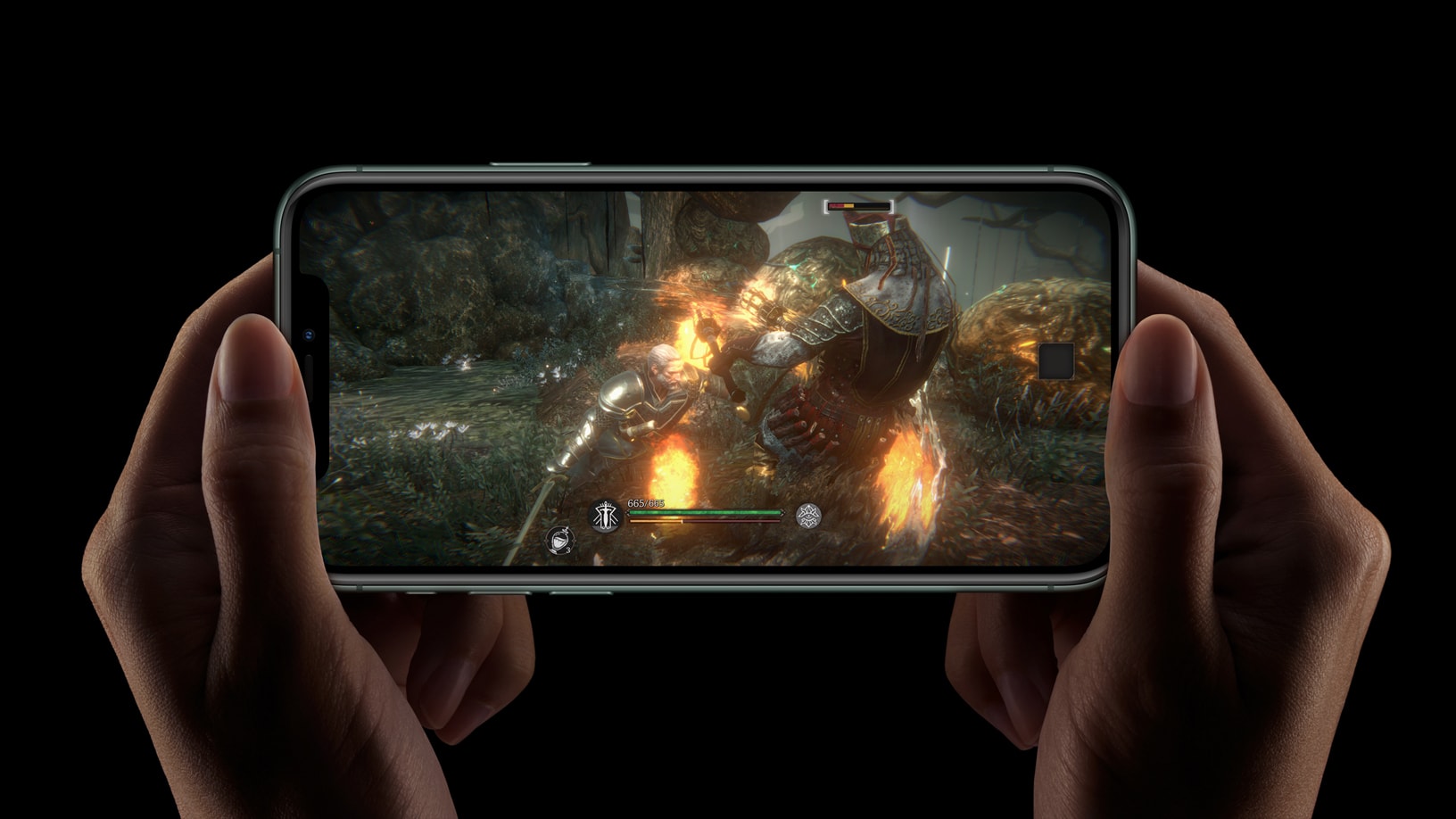
All types of phone batteries provide less power after years of use, but the new iPhone 11 minimizes the performance reduction that is an inescapable result.
The result should be iPhones that perform better after years of use.
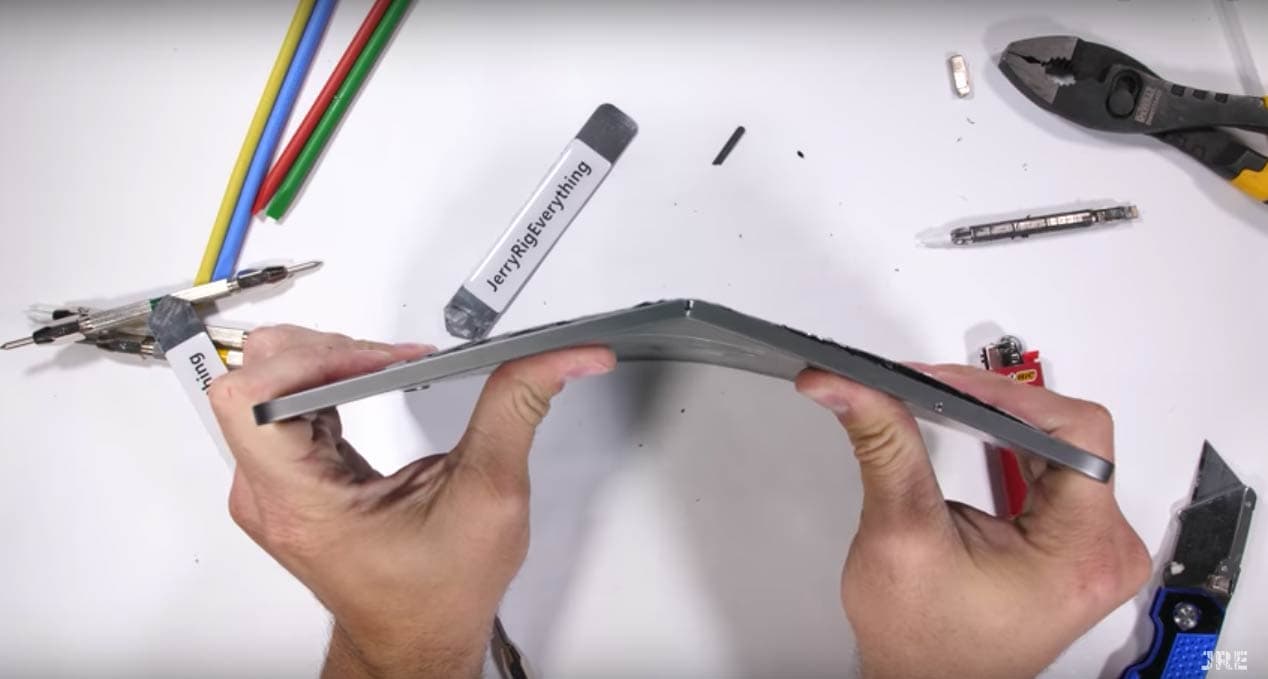
The iPhone 11 Pro Max promises up to five hours more battery life than the iPhone XS Max that precedes it. That’s around a 33% increase1. This battery boost could come down to a more efficient OLED screen, a bigger or better battery, a more efficient processor, or — most likely — a combination of these factors.
But whatever the reason, this marks the first time iPhone battery life jumped so much in one generation. Usually, the iPhone sacrifices any excess battery life to get thinner or lighter. And yet the iPhones 11 Pro come in heavier and a hair thicker than their iPhone XS predecessors. What’s going on? Has Jony Ive’s reign finally ended?
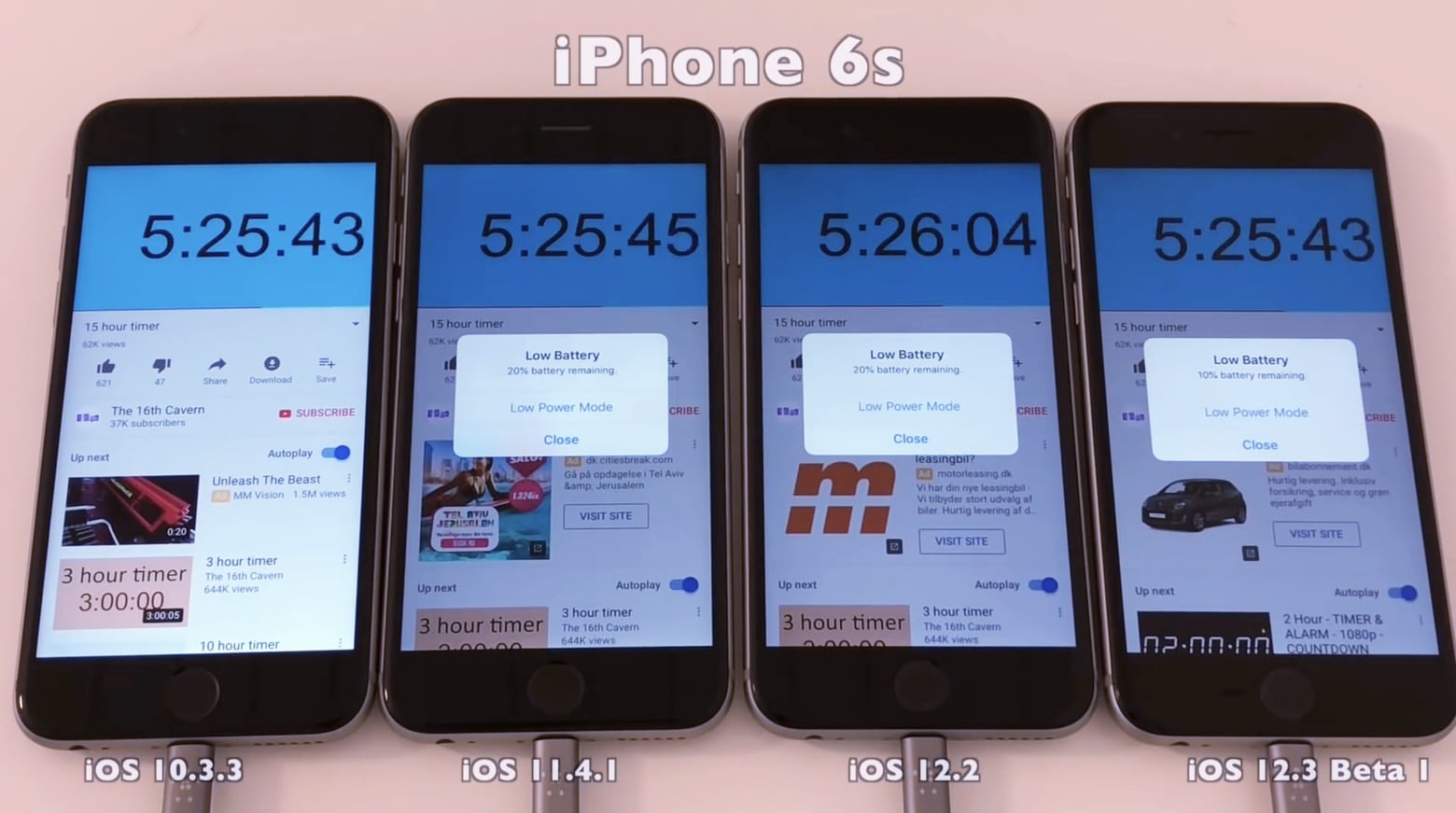
A side-by-side test of four iPhones running current and older iOS versions found that the more recent ones drain batteries more quickly.
This result is likely to feed the concerns of people who refuse to upgrade their iPhone’s operating system for fear that doing so will render the device useless.
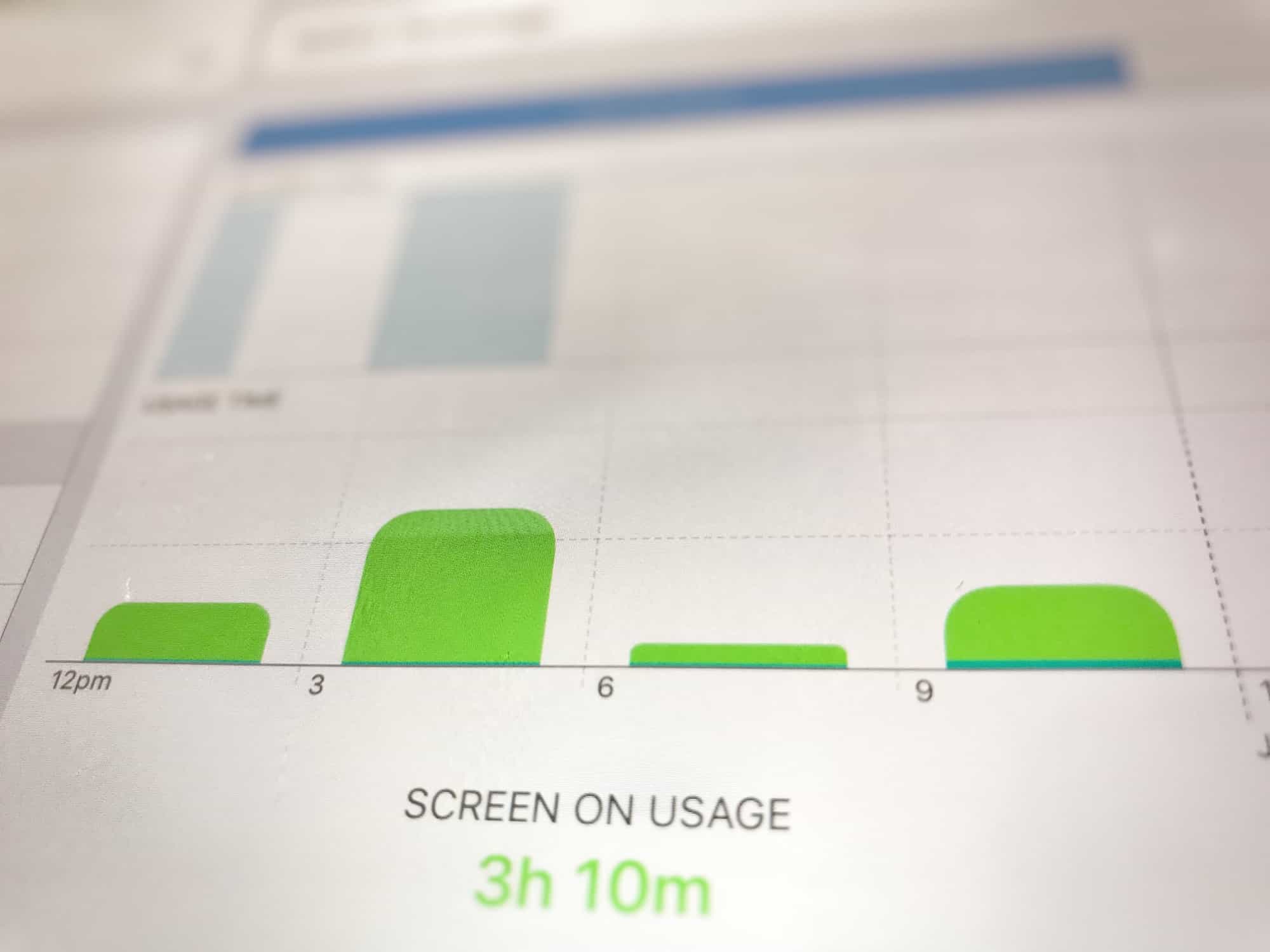
The new iOS 12 Battery information section brings a massive improvement over the previous version. Whereas before you could see which apps used how much battery, and for how long, now you can see the charts that look like the Tim Cook section of an Apple Keynote. You can see your battery use in incredible detail, broken down by such categories as Screen On Usage and Screen Off Usage.
But that’s not all. You can see how fast the battery ran down, how the levels were at any time during the last 24 hours, and also a longer-term overview that shows your usage over time.
It’s so detailed that it can be a bit intimidating, so today we’ll take a look at how to read those charts, and how to get the best out of them.

Unlike previous iPhone launches, it’s not immediately obvious which iPhone you should buy if you want the best. Or rather, the iPhone XS is clearly the flagship model, but the iPhone XR, launching a month later, has some features which are better than its sibling.
So, what are the important differences to know before you choose which new iPhone X is right for you?
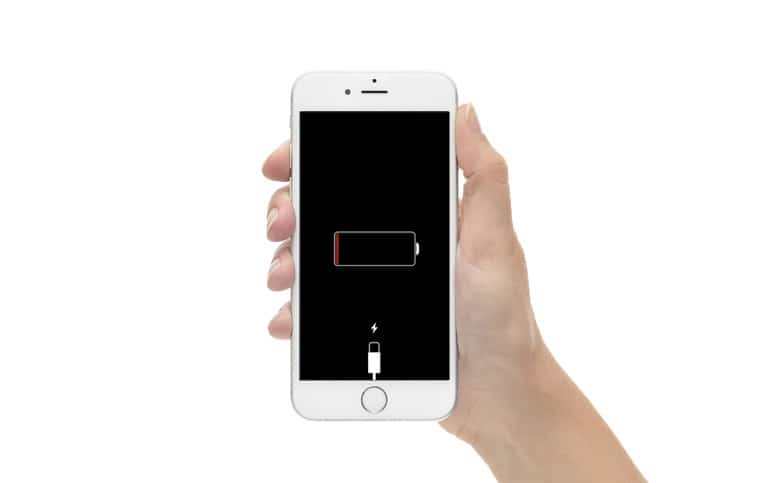
Many iPhone user experienced quick battery drain problems with iOS 11.4. This week, Apple introduced an operating system update designed to fix bugs with its predecessor. Did that take care of the complaints?
Comments posted online generally seem to show that iOS 11.4.1 squashed this battery bug. Not everyone agrees, though.
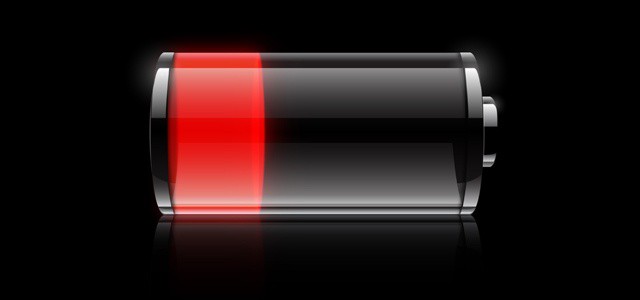
The iPhone 7 battery might be larger than its predecessor, but that’s still not enough for it to catch up with other leading flagship smartphones, as per a new consumer testing report.
According to the U.K.-based Which?, the iPhone 7 performs far behind the Samsung Galaxy S7, LG G5 and HTC 10 when it comes to call and internet time.
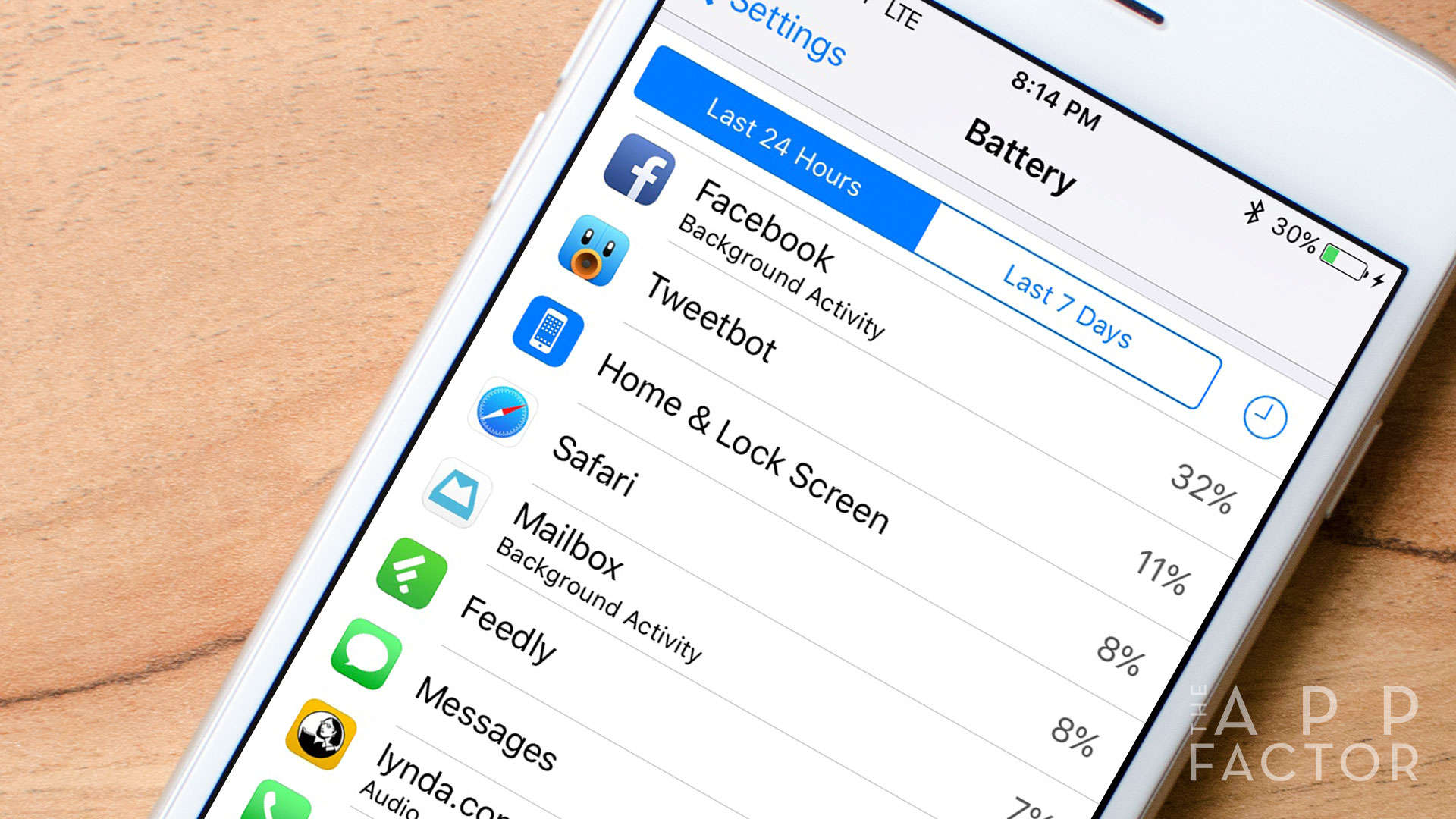
 Every day I hear at least one complaint about the Facebook app wreaking havoc on iPhone battery life. Unfortunately, this isn’t breaking news — it seems to re-surface, with a new level of severity, every couple of months. Not only does Facebook use tons of battery when left unchecked, it can also take up insane amounts of storage space on your iPhone.
Every day I hear at least one complaint about the Facebook app wreaking havoc on iPhone battery life. Unfortunately, this isn’t breaking news — it seems to re-surface, with a new level of severity, every couple of months. Not only does Facebook use tons of battery when left unchecked, it can also take up insane amounts of storage space on your iPhone.
This is exactly why I never let Facebook have permission to access … well, almost anything on my iPhone. Here are some tips that will help you stop the notorious Facebook iPhone battery drain.
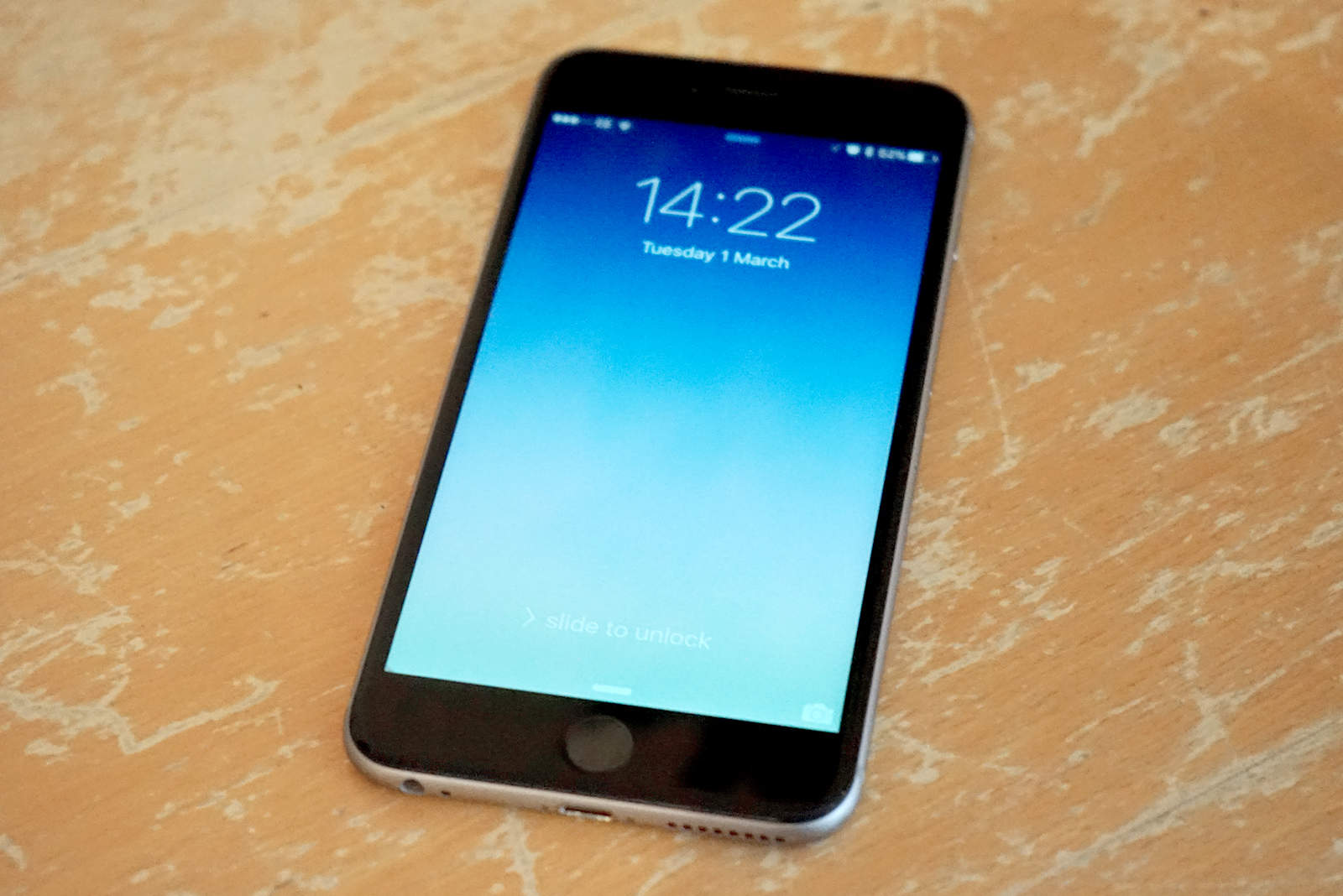
Every year Apple introduces a new iPhone, and every year I get my hopes up that this will finally be the model that can go two or three days without needing to be recharged. But according to a lithium-ion battery expert, the odds of Apple adding a power source capable of boosting iPhone battery life like that are practically zero.
Dee Strand, chief scientific officer at battery research firm Wildcat Discovery Technology, says the throughput on smartphone batteries is rapidly improving every year. The problem is, new features are bogging them down.
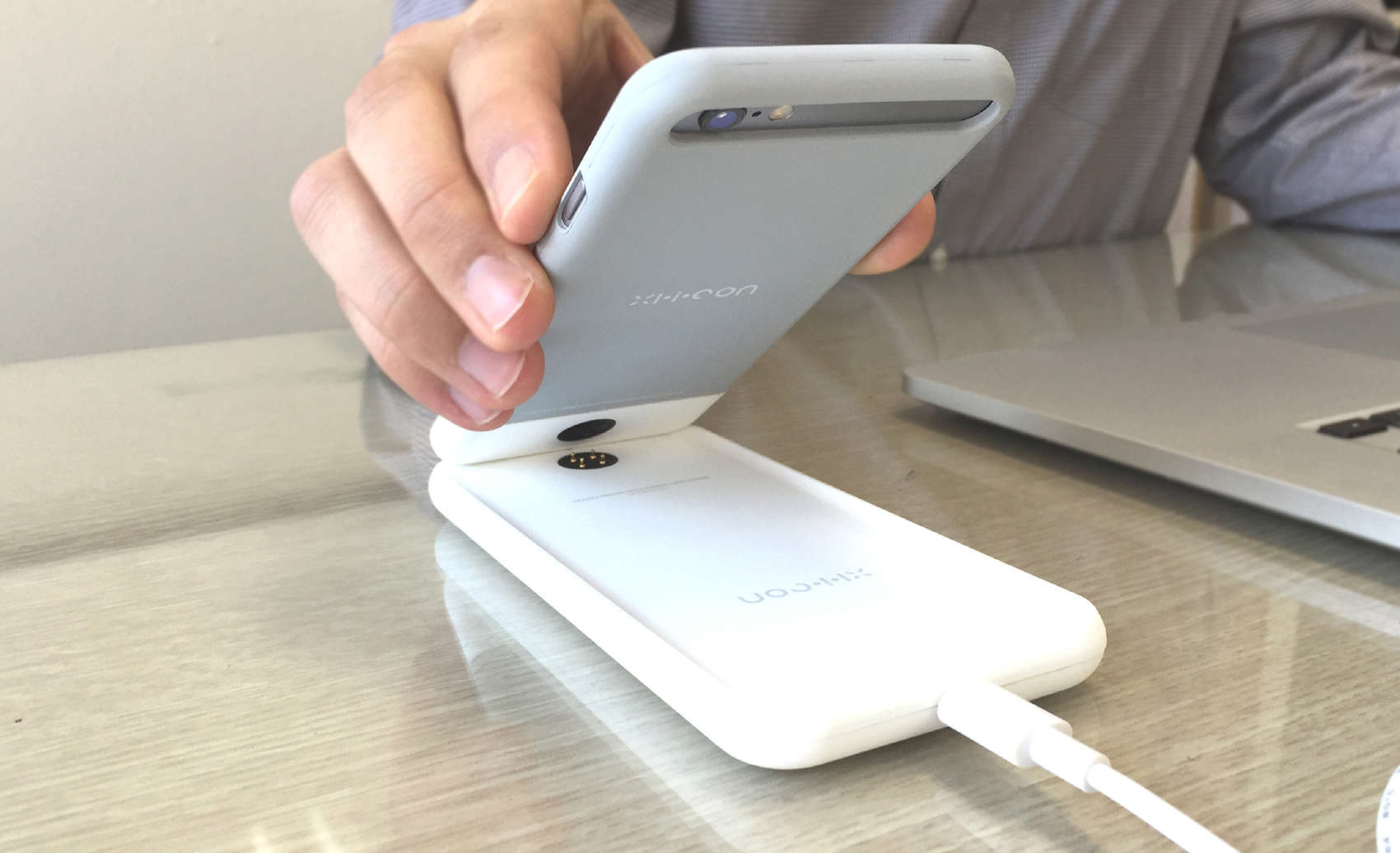
Some day battery anxiety will not be an issue. Until then, we cope by way of the many charging accessories that exist for iPhones. Lightning cords, docks, power banks, battery cases . . . Every manufacturer claims their product is better, faster or the only one of its kind.
The XI.i.CON by Benchsoft, makes it own bold claims by being all of those accessories in one.

Apple announced a slew of iPhone upgrades yesterday, but battery life sure wasn’t among them!
As we suspected ahead of time, Apple’s official iPhone 6s video shows that it boasts a 1,715 mAh battery — down from the 1,810 mAh of its predecessor.